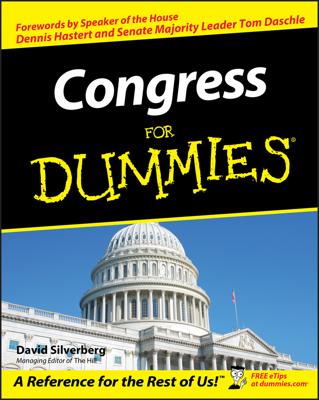Collective bargaining refers to negotiations between an employer and a group of employees to determine conditions of employment, such as wages, working hours, overtime, holidays, sick leave, vacation time, retirement benefits, health care, training, grievance methods, and any rights to company participation.
Employee/employer negotiations result in a written agreement (also known as a collective agreement) that lasts a set time period, such as three years. Unions or other labor organizations often represent employees in bargaining and are paid for their efforts through membership dues.
Collective bargaining is allowed both for employees of private companies and for public sector workers employed by federal, state, or local governments. In 2010, 7.6 million public sector employees belonged to a union, compared with 7.1 million union workers in the private sector. The union membership rate for public sector workers is 36.2 percent, while the rate for private sector workers is 6.9 percent. In 2010, union members earned approximately $917 weekly; those not represented by unions earned about $717 weekly.
How collective bargaining started in the U.S.
Congress initially established collective bargaining rights through the Railway Labor Act in 1926. The federal law expanded in 1935 with the National Labor Relations Act (NLRA), which made it illegal for private employers to deny unions representing their employees the right to engage in collective bargaining. In 1962, President Kennedy extended rights to all federal government employees to bargain collectively with federal agencies and departments through Executive Order 10988.
Individual states also regulate collective bargaining and enforce agreements under state laws that typically extend rights to public employees, including police officers, firefighters, and teachers. Thirty-four states and the District of Columbia require collective bargaining, five prohibit it and eleven permit it (with neither a requirement nor a prohibition). Wisconsin was the first state to extend bargaining rights to public employees in 1959.
You can find information related to collective bargaining at Scope of Bargaining Map compiled by the National Council on Teacher Quality.
Controversy over bargaining rights
In early 2011, beginning in Wisconsin, several states introduced legislation to amend collective bargaining laws and in some cases, explicitly limit union rights. Protests by union members, legislative wrangling, and legal action followed.
Union opponents argue against collective bargaining
Those who are opposed to labor unions as representatives of employee interests express definite views on group negotiation:
Public employees are overpaid and increased costs are bankrupting state governments.
Collective bargaining agreements block reform and increase costs without improving performance, particularly in education.
Collective bargaining is a privilege not a right.
Collective bargaining gives public unions unequal power, emphasizing their interests over the interests of state government and taxpayers.
Bargaining between public unions and elected officials who received campaign contributions from those unions is a conflict of interest.
Public employees don’t need collective bargaining rights, because state civil service laws protect them.
Collective bargaining was designed for employer-employee relations in the private sector, not the public sector.
Unions are relics of an outdated industrial model and collective bargaining must change to reflect new social and economic realities.
Union proponents state their case in favor of collective bargaining
Supporters of collective bargaining voice their opinions about the benefits of negotiating union contracts through the bargaining process:
Collective bargaining doesn’t inherently undermine government’s ability to cut costs — union benefits can be cut without denying bargaining rights.
States with and without collective bargaining are suffering budget deficits so the absence of unions does not guarantee balanced budgets.
Collective bargaining has substantial benefits — for example, in education, higher salaries, and smaller class sizes lead to improved teacher quality, teacher morale, and student achievement.
Unions help prevent workplace abuse and improving training, deployment, and management of a professional work force.
Collective bargaining doesn't guarantee results sought by workers and unions — it only guarantees both parties the right to bargain hard for their interests and balances power between employers and employees.
Collective bargaining is a basic human right recognized by U.S. and international law (Universal Declaration of Human Rights, International Labour Organization Declaration of Fundamental Principles and Rights at Work).
Collective bargaining is fundamental to freedom of association.
Most advanced democratic countries honor public sector collective bargaining, including Canada, Turkey and the European Union.
Ongoing debate over collective bargaining rights
Numerous state legislatures are considering limits on collective bargaining by public employees, including lawmakers in Alaska, Arizona, Colorado, Idaho, Indiana, Iowa, Kansas, Michigan, Nebraska, Nevada, New Hampshire, New Mexico, Ohio, Oklahoma, Tennessee, and Washington. The National Conference on State Legislatures reports more than 760 legislative measures introduced in 2011 on all aspects of collective bargaining.

